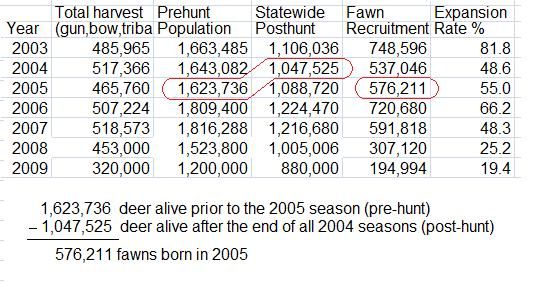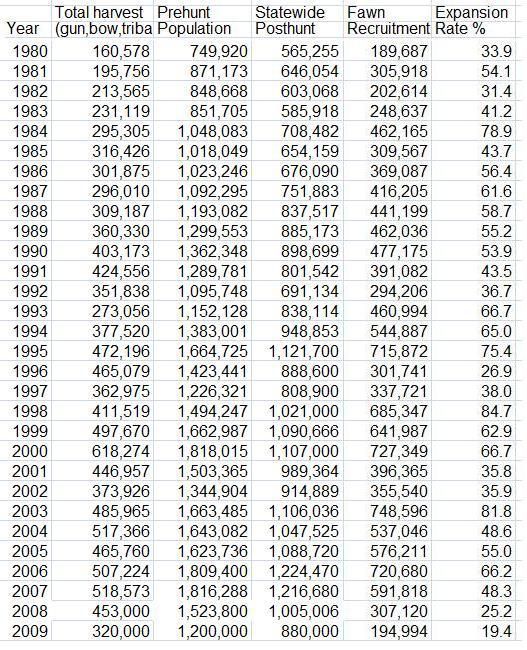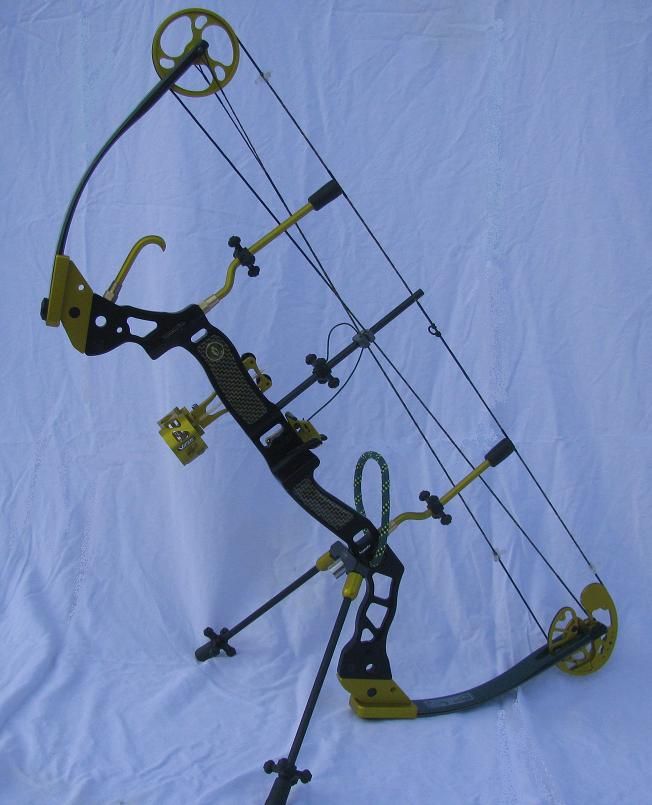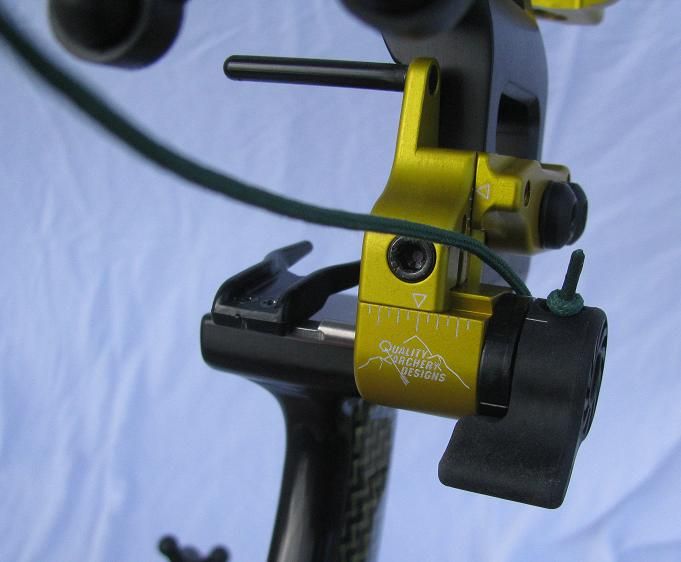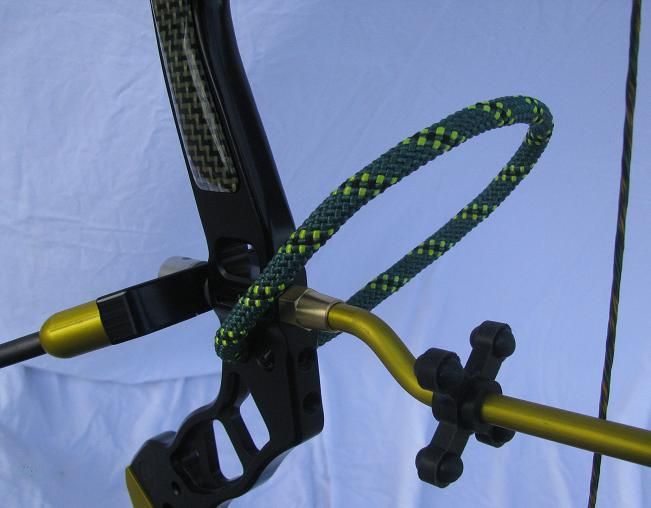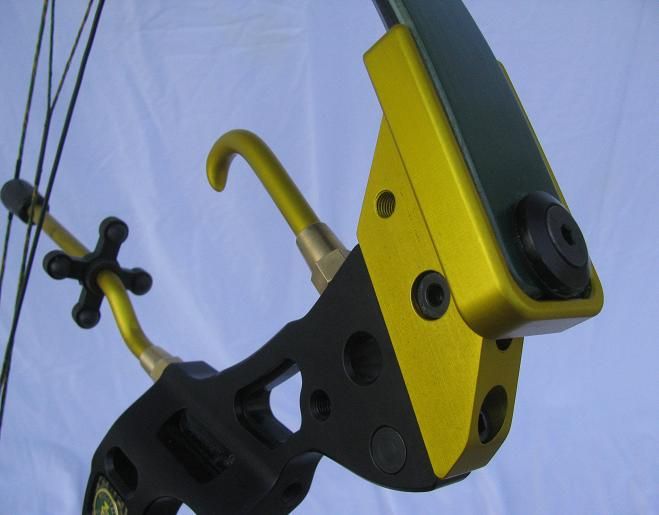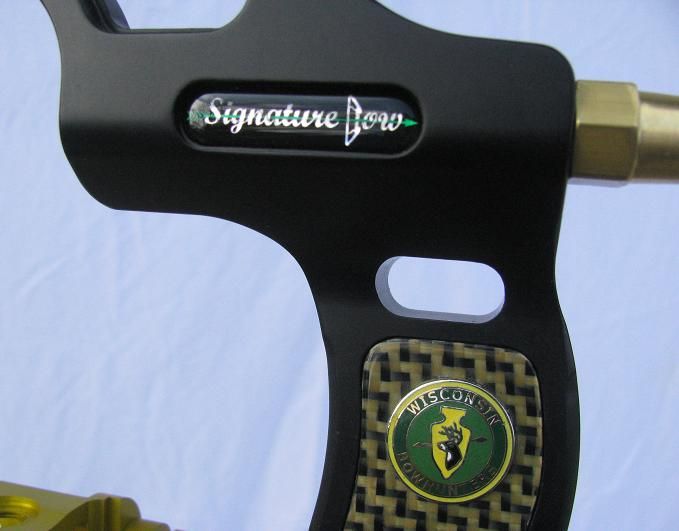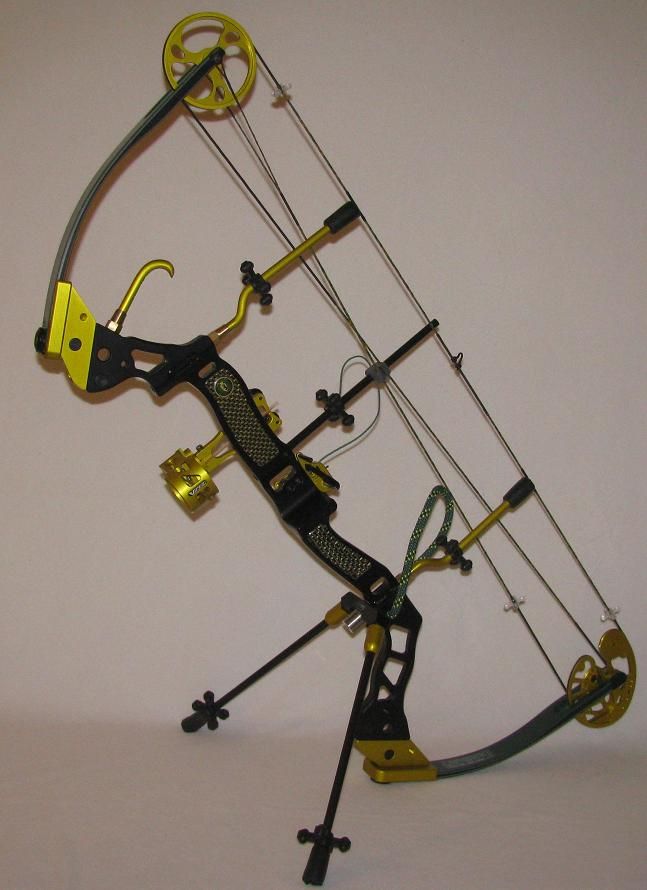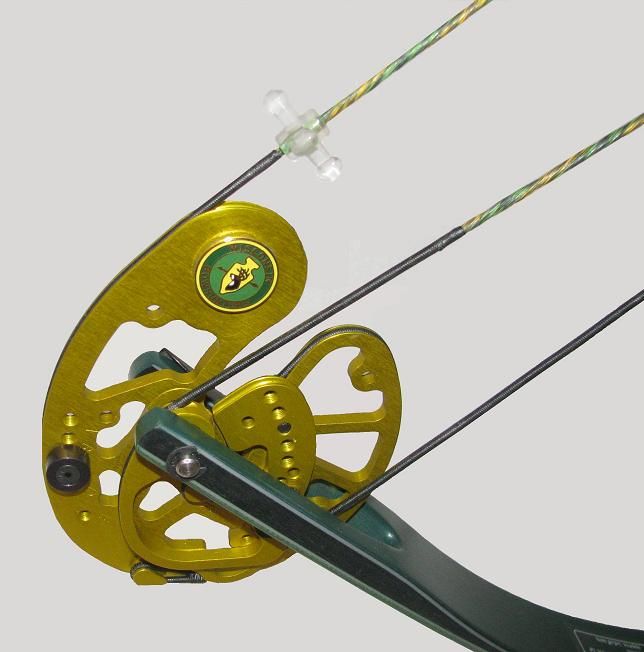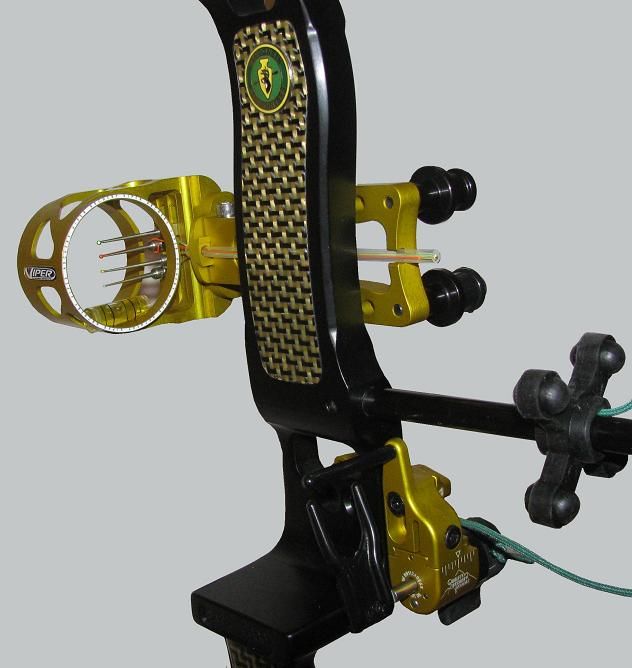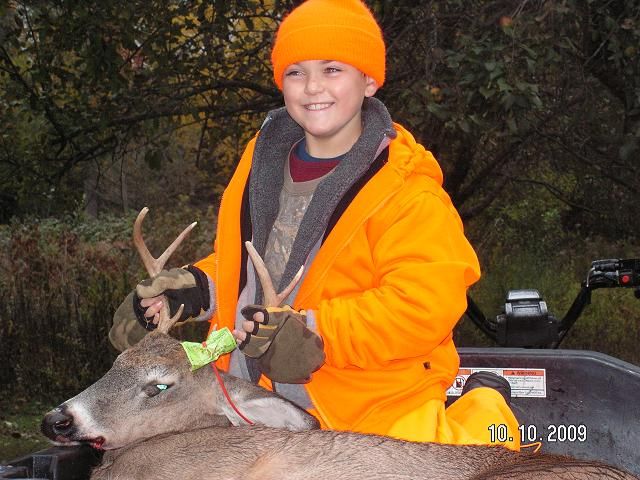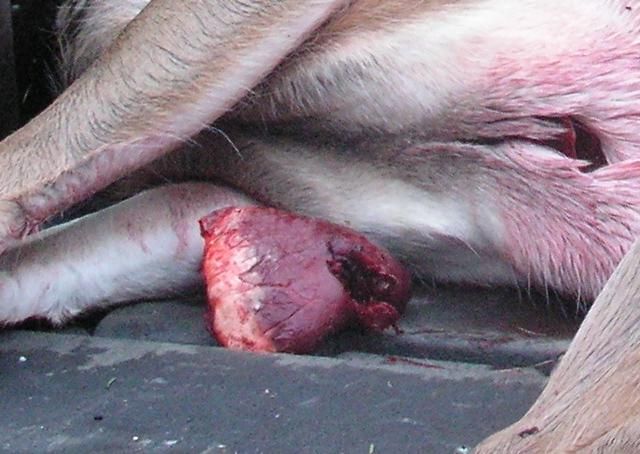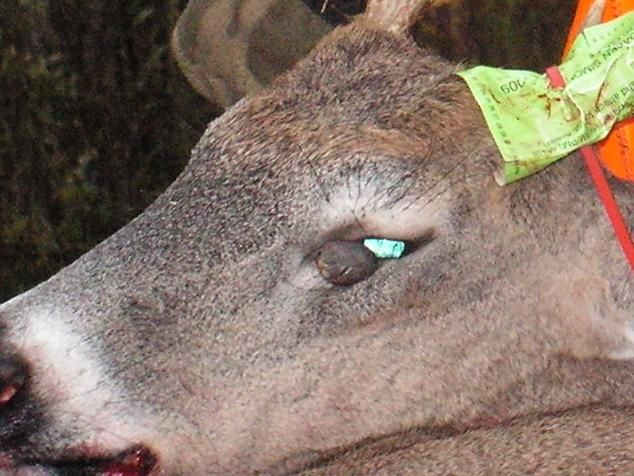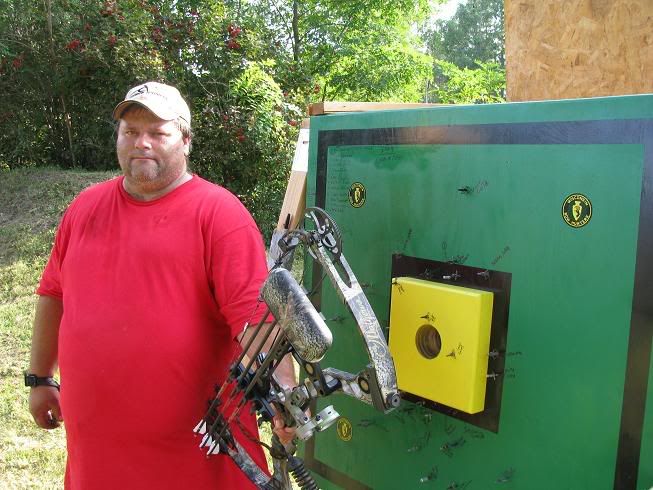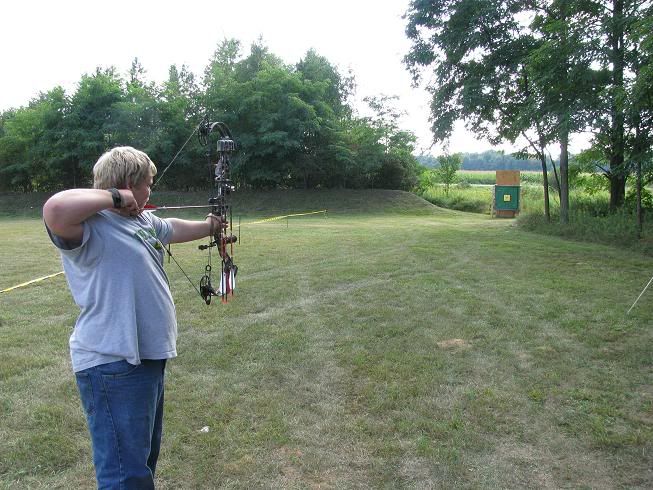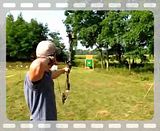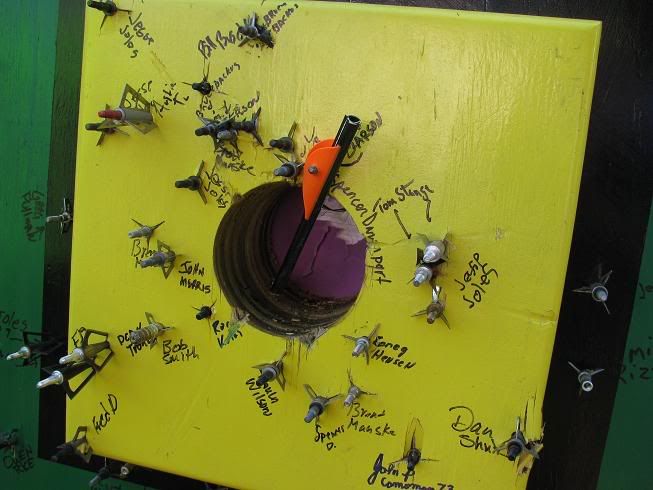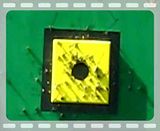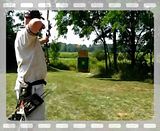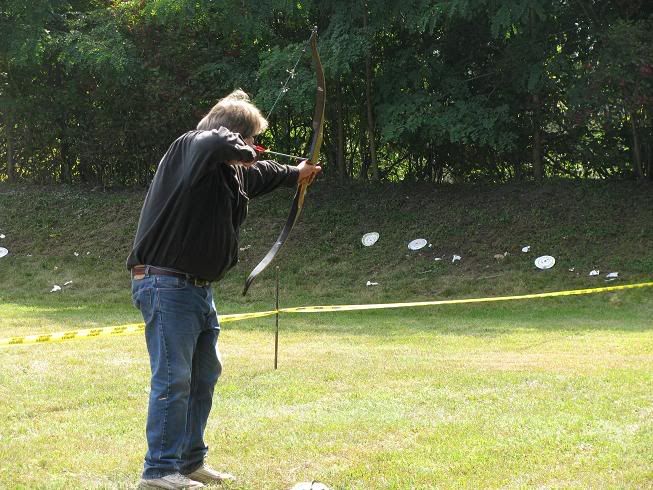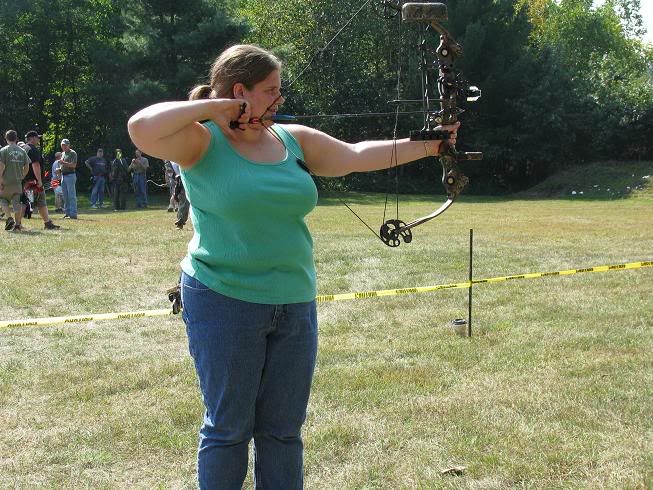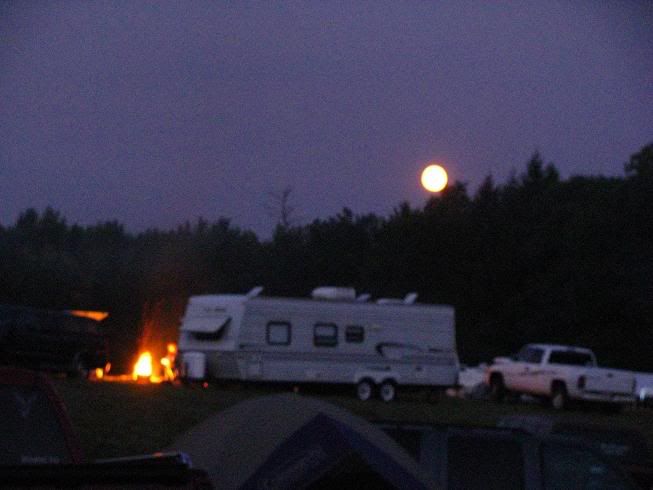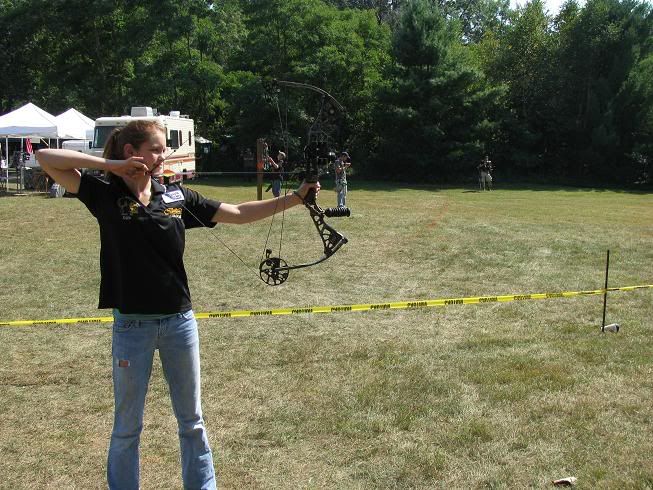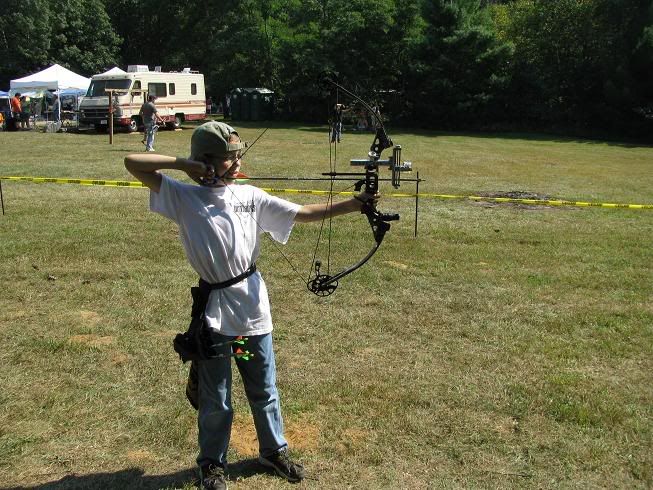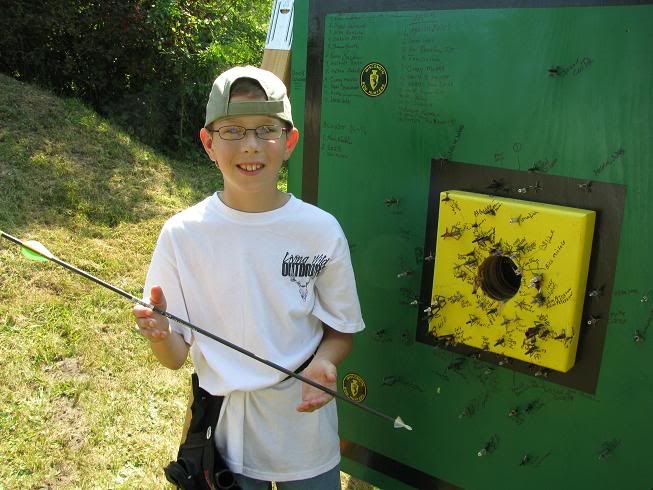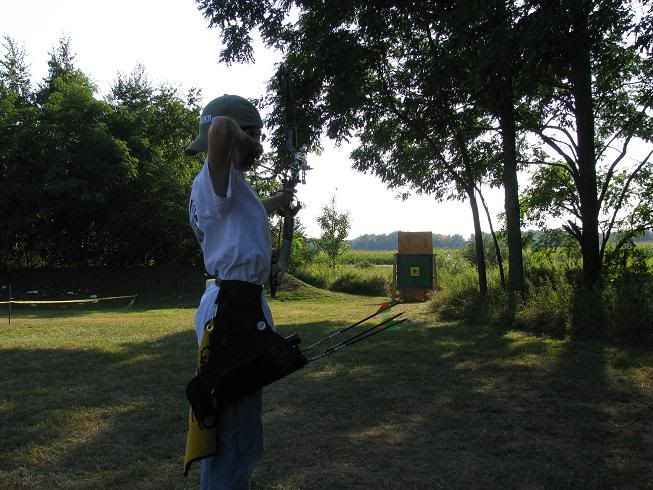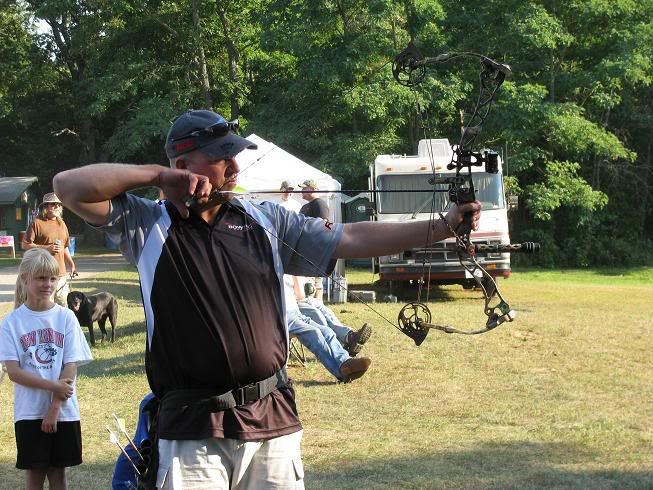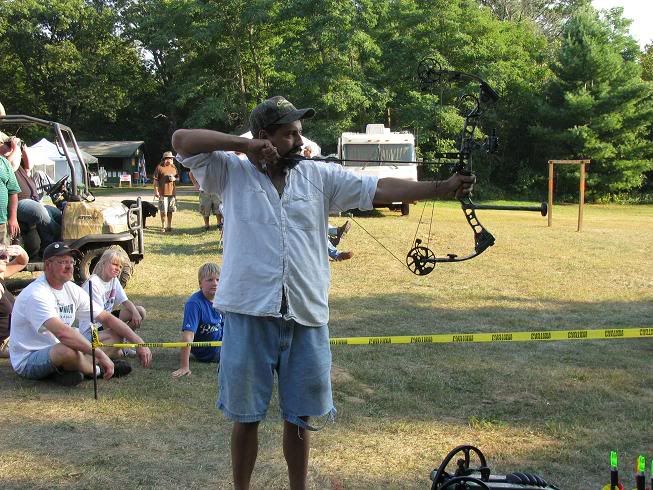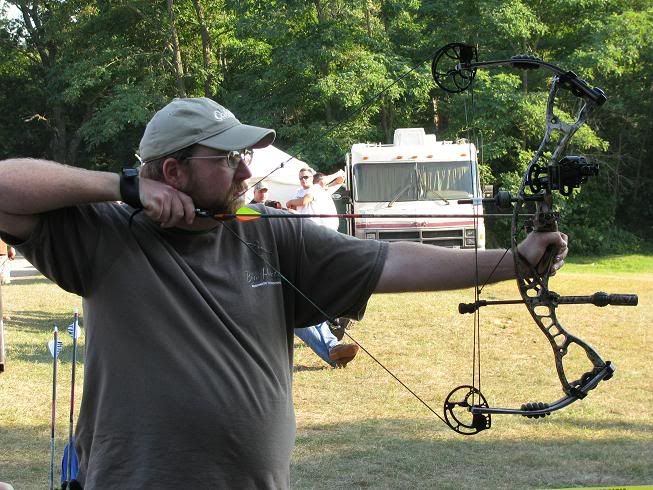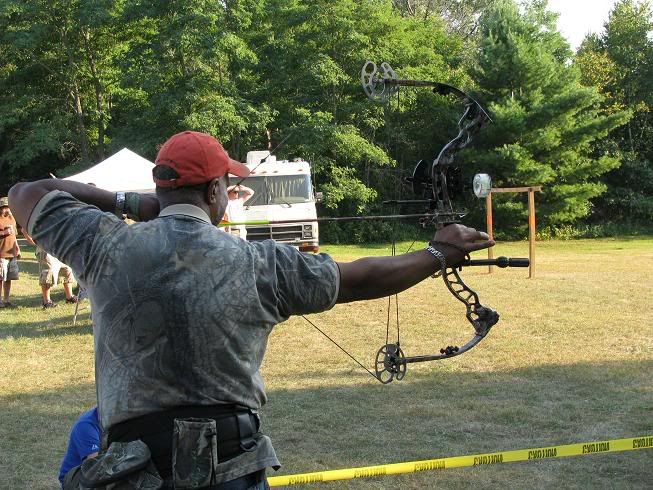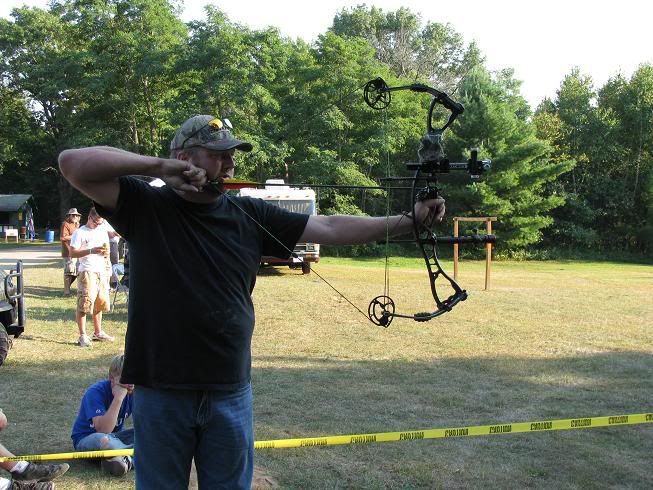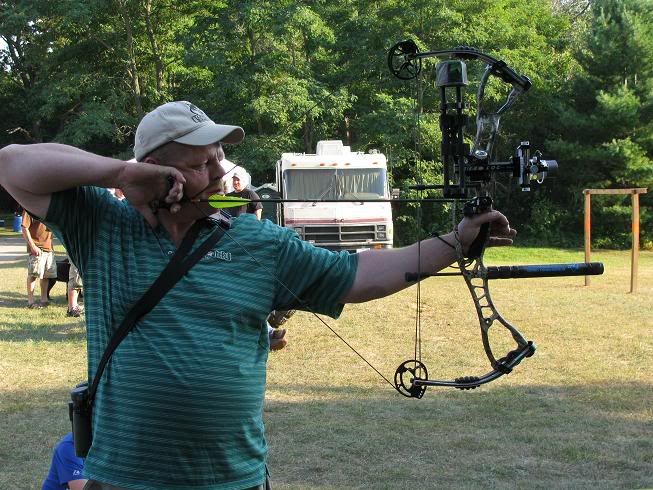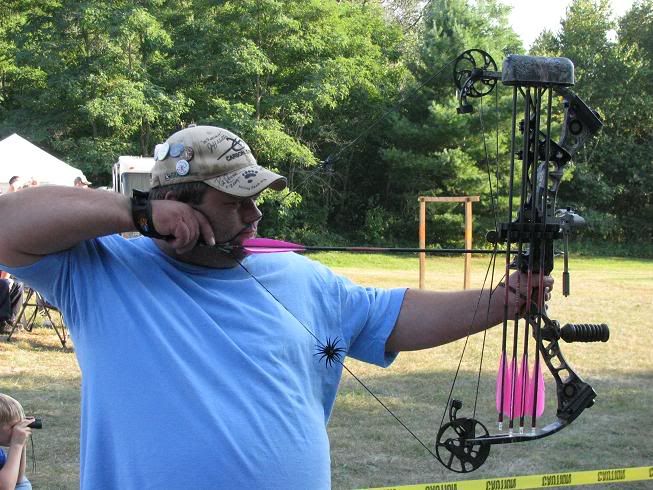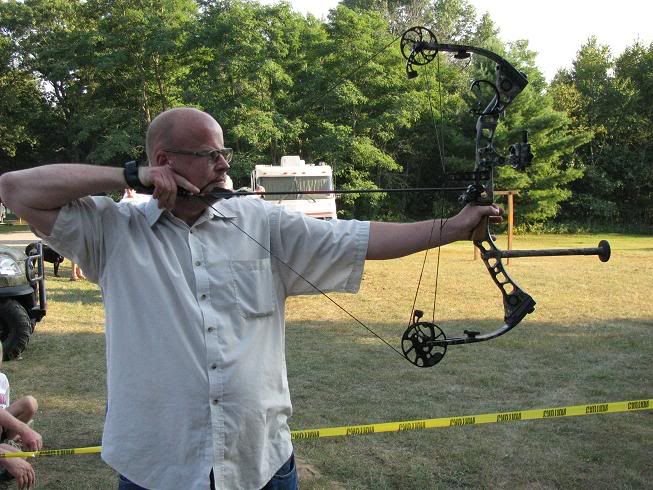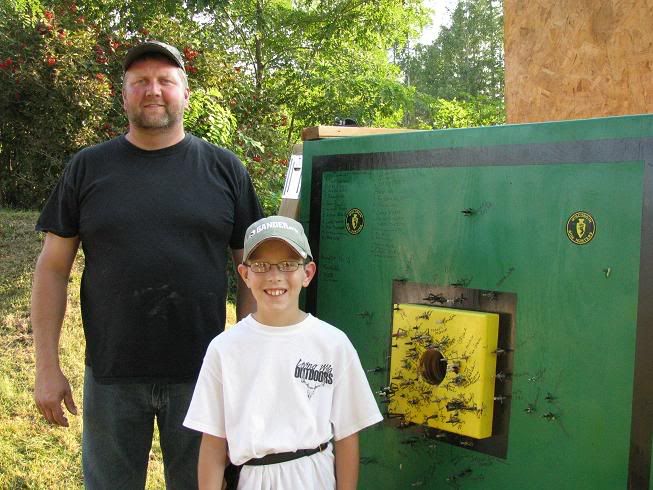61
Whitetail Deer / Why sell so many antlerless tags?
« on: March 11, 2010, 06:41:24 PM »
The following question was asked via PM and by somebody on another forum so I will reply here.
the question: "Rancid, you don't happen to know the criteria involved with which antlerless tag availability in a DMU is determined, do you?"
Yes, you have to look to the WI Administrative Code for the answer. More specifically, NR 10 and even more specifically NR 10.104 (5) which states:
(5) ANNUAL ANTLERLESS DEER KILL QUOTAS. (a) Annual population estimate. The department shall annually calculate an estimate of the overwinter deer population for each deer management unit using the sex−age−kill method for calculating deer densities. The sex−age−kill method uses the following quantitative data for each deer management unit: proportion of yearling bucks in the harvest, proportion of yearling does in the harvest, proportion of males and females at birth, the number of fawns seen per doe during the summer, the proportion of total buck mortality due to hunting harvest, and the harvest by sex as registered during the hunting seasons.
(b) Quota objective. Using the overwinter deer population estimate established under par. (a), expected fawn production and overwinter mortality, the expected archery harvest of antlerless deer excluding those harvested under authority of hunter?s choice and antlerless deer hunting permits, and the deer population goal in sub. (4), the department shall annually calculate an antlerless deer kill quota for each unit with the objective of maintaining the deer herd at the established deer population goal or temporary overwinter target population density.
(c) Quota adjustment in ceded territory units. For deer management units in the ceded territory as defined in s. NR 13.02 (1), expected tribal harvest shall be deducted from the antlerless deer kill quota established in par. (b).
(6) ANTLERLESS DEER PERMITS. (a) Purpose. The department shall issue deer hunting permits in sufficient numbers to achieve the state quota determined under sub. (5).
(b) Permit formula. In each deer management unit, the number of permits issued by the department shall be determined by the following formula:
Permit number = State Quota divided by Predicted hunter success rate
(c) Success rate prediction. The predicted hunter success rate used by the department to compute the number of permits for each deer management unit shall be based upon the percentage of permitted hunters harvesting an antlerless deer in that unit during previous seasons. In new deer management units or units with significant boundary changes, the predicted hunter success rate shall be based upon the harvest history of similar units.
----- End snip
In a nut shell, they determine how many does need killing and multiply that by 3 or 4 because historically, we have never had a 100% success rate meaning 100 antlerless tag does not equal 100 dead does so they sell far more than they hope to kill knowing there is a historic success rate. This will p!ss off a lot of people that think the DNR sells far to many doe tags.
It should also be noted that as population drop, the amount of time needed to see and harvest a deer goes up greatly meaning success rates drop off rapidly. Knowing this, the Dept. will sell even more doe tags to negate the lack of success. This is not intuitive but makes sense when you think about it.
If a large population of antlerless deer allows for easy harvest, perhaps selling double the number of tags (if a 50% success rate is estimated) is sufficient to reach the harvest quota. If the population is small, they might have to put 5 times as many tags out to get the same number of does killed just because it's harder to even find a doe.
Does that make sense? I don't know if I explained it well. Either way, it has the effect of making hunters angry if for no other reason than they don't understand the rationale behind it
the question: "Rancid, you don't happen to know the criteria involved with which antlerless tag availability in a DMU is determined, do you?"
Yes, you have to look to the WI Administrative Code for the answer. More specifically, NR 10 and even more specifically NR 10.104 (5) which states:
(5) ANNUAL ANTLERLESS DEER KILL QUOTAS. (a) Annual population estimate. The department shall annually calculate an estimate of the overwinter deer population for each deer management unit using the sex−age−kill method for calculating deer densities. The sex−age−kill method uses the following quantitative data for each deer management unit: proportion of yearling bucks in the harvest, proportion of yearling does in the harvest, proportion of males and females at birth, the number of fawns seen per doe during the summer, the proportion of total buck mortality due to hunting harvest, and the harvest by sex as registered during the hunting seasons.
(b) Quota objective. Using the overwinter deer population estimate established under par. (a), expected fawn production and overwinter mortality, the expected archery harvest of antlerless deer excluding those harvested under authority of hunter?s choice and antlerless deer hunting permits, and the deer population goal in sub. (4), the department shall annually calculate an antlerless deer kill quota for each unit with the objective of maintaining the deer herd at the established deer population goal or temporary overwinter target population density.
(c) Quota adjustment in ceded territory units. For deer management units in the ceded territory as defined in s. NR 13.02 (1), expected tribal harvest shall be deducted from the antlerless deer kill quota established in par. (b).
(6) ANTLERLESS DEER PERMITS. (a) Purpose. The department shall issue deer hunting permits in sufficient numbers to achieve the state quota determined under sub. (5).
(b) Permit formula. In each deer management unit, the number of permits issued by the department shall be determined by the following formula:
Permit number = State Quota divided by Predicted hunter success rate
(c) Success rate prediction. The predicted hunter success rate used by the department to compute the number of permits for each deer management unit shall be based upon the percentage of permitted hunters harvesting an antlerless deer in that unit during previous seasons. In new deer management units or units with significant boundary changes, the predicted hunter success rate shall be based upon the harvest history of similar units.
----- End snip
In a nut shell, they determine how many does need killing and multiply that by 3 or 4 because historically, we have never had a 100% success rate meaning 100 antlerless tag does not equal 100 dead does so they sell far more than they hope to kill knowing there is a historic success rate. This will p!ss off a lot of people that think the DNR sells far to many doe tags.
It should also be noted that as population drop, the amount of time needed to see and harvest a deer goes up greatly meaning success rates drop off rapidly. Knowing this, the Dept. will sell even more doe tags to negate the lack of success. This is not intuitive but makes sense when you think about it.
If a large population of antlerless deer allows for easy harvest, perhaps selling double the number of tags (if a 50% success rate is estimated) is sufficient to reach the harvest quota. If the population is small, they might have to put 5 times as many tags out to get the same number of does killed just because it's harder to even find a doe.
Does that make sense? I don't know if I explained it well. Either way, it has the effect of making hunters angry if for no other reason than they don't understand the rationale behind it

